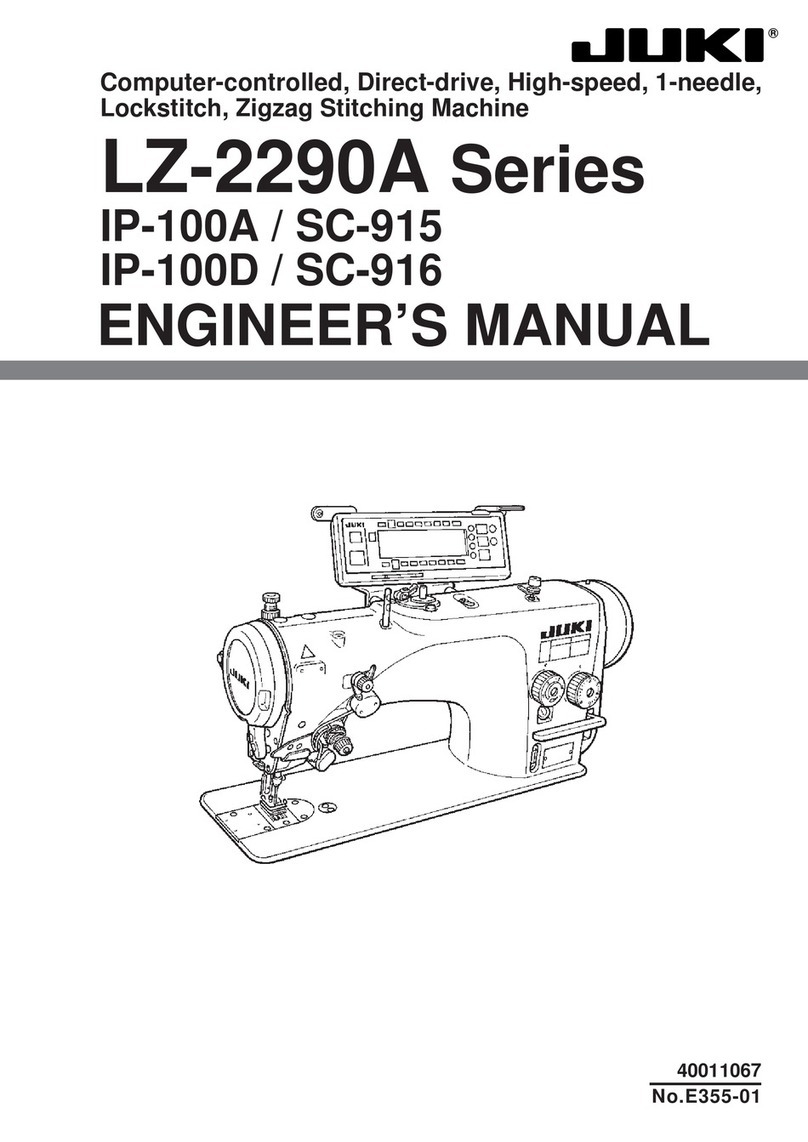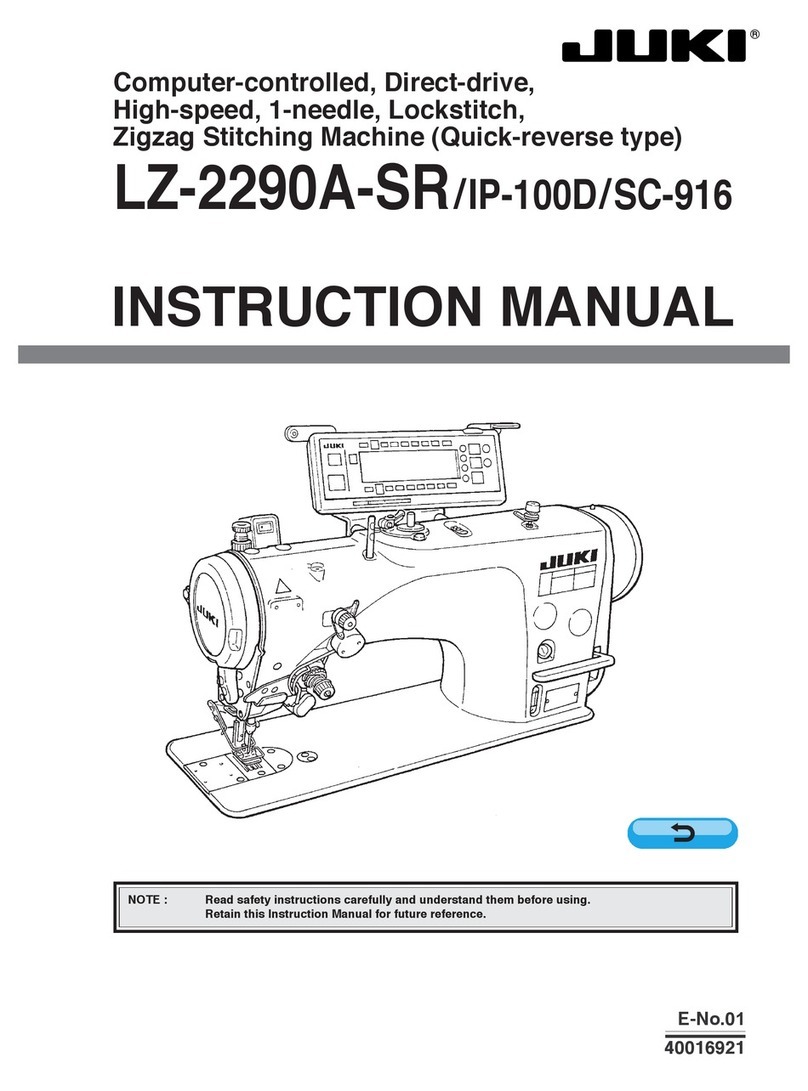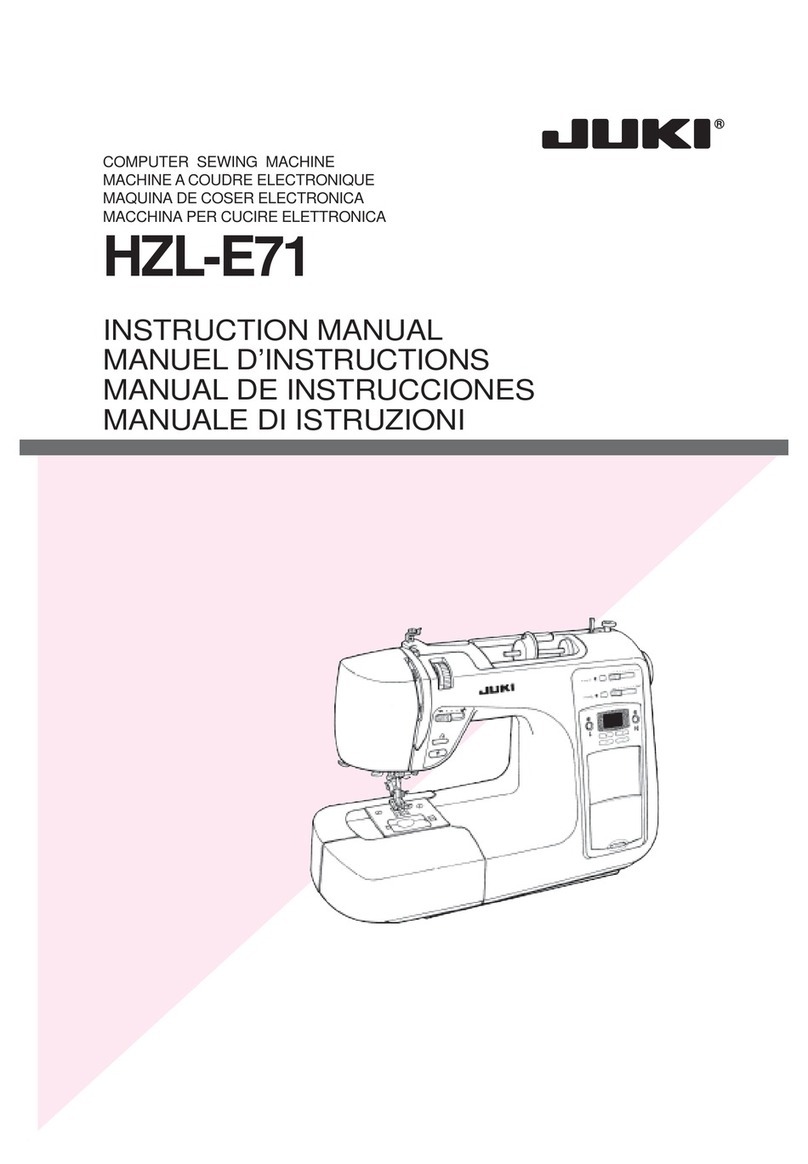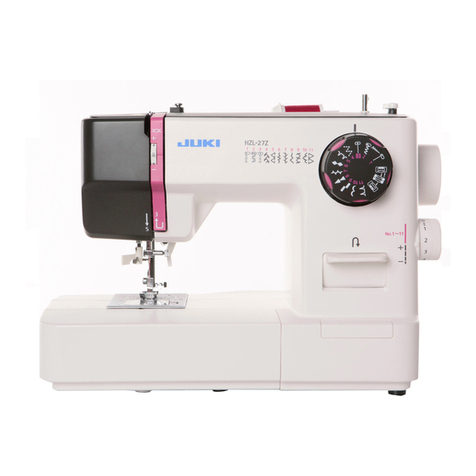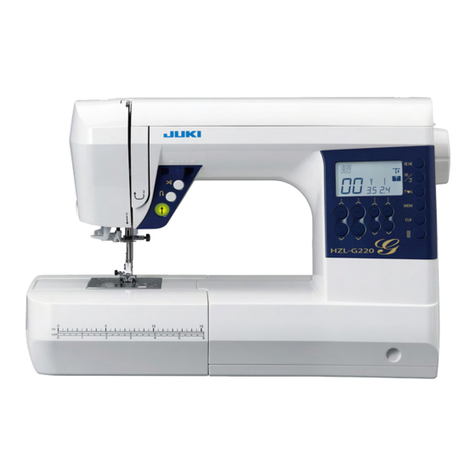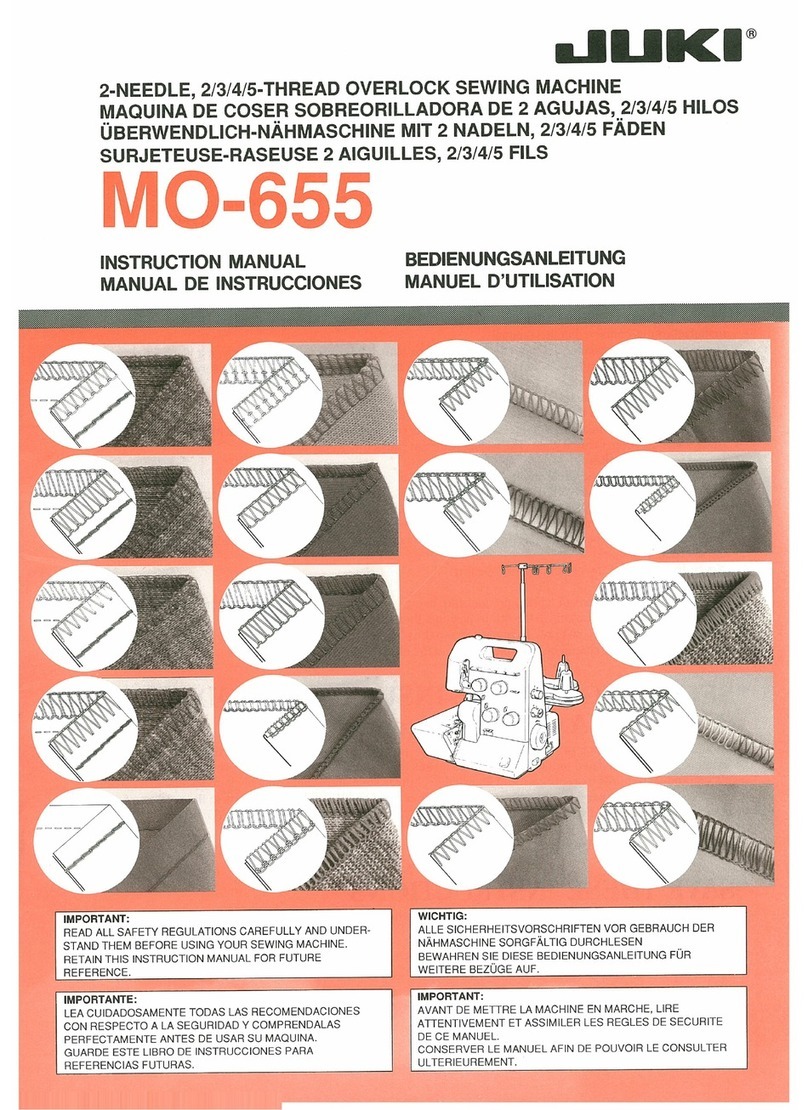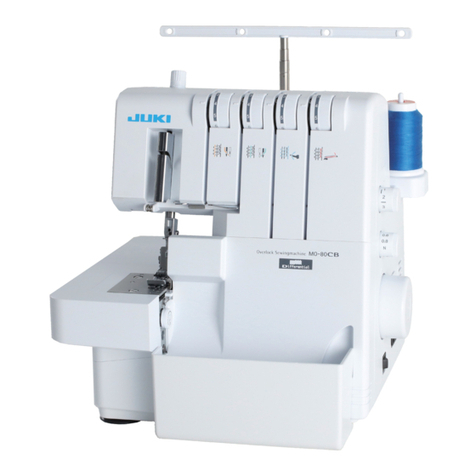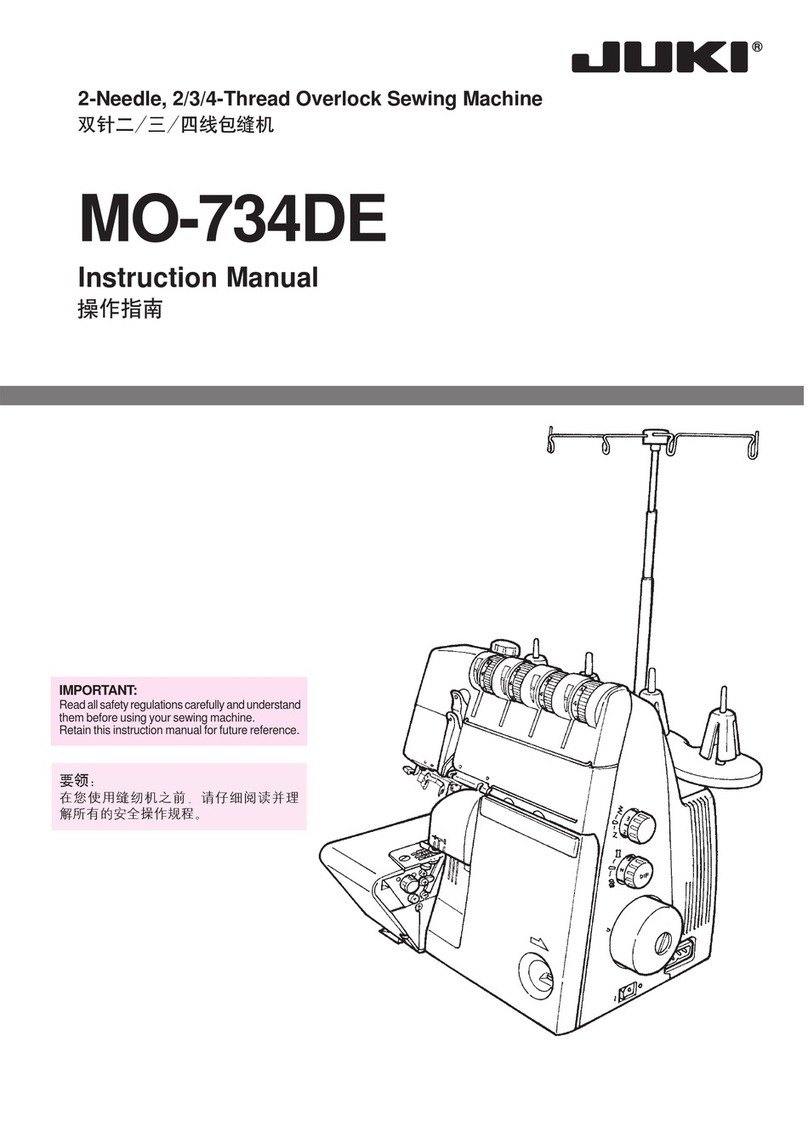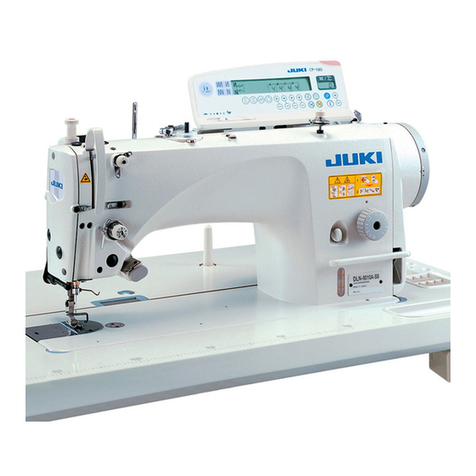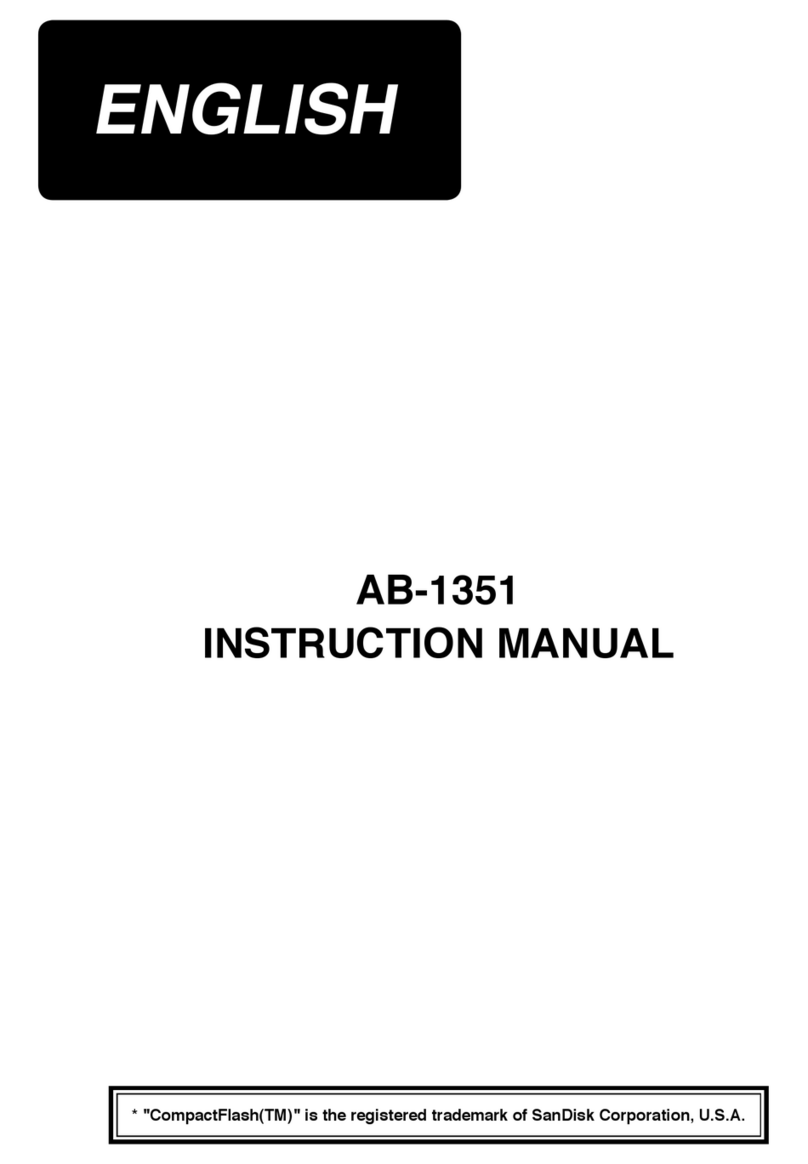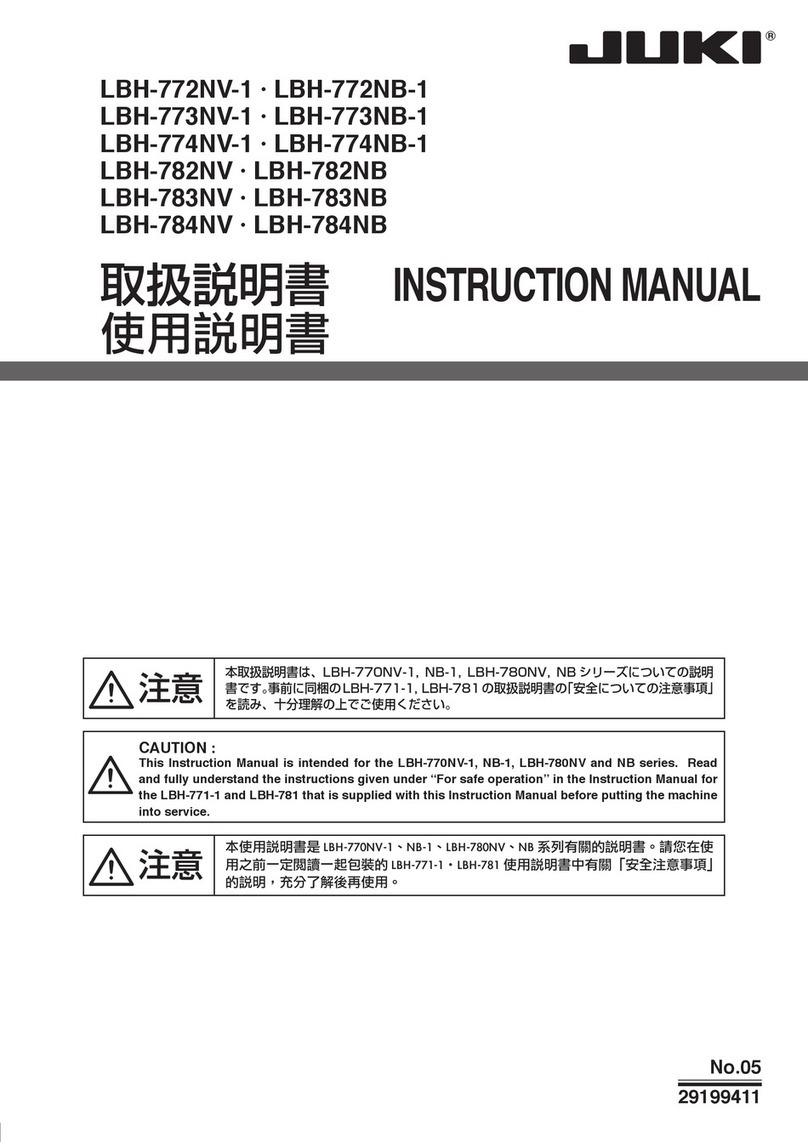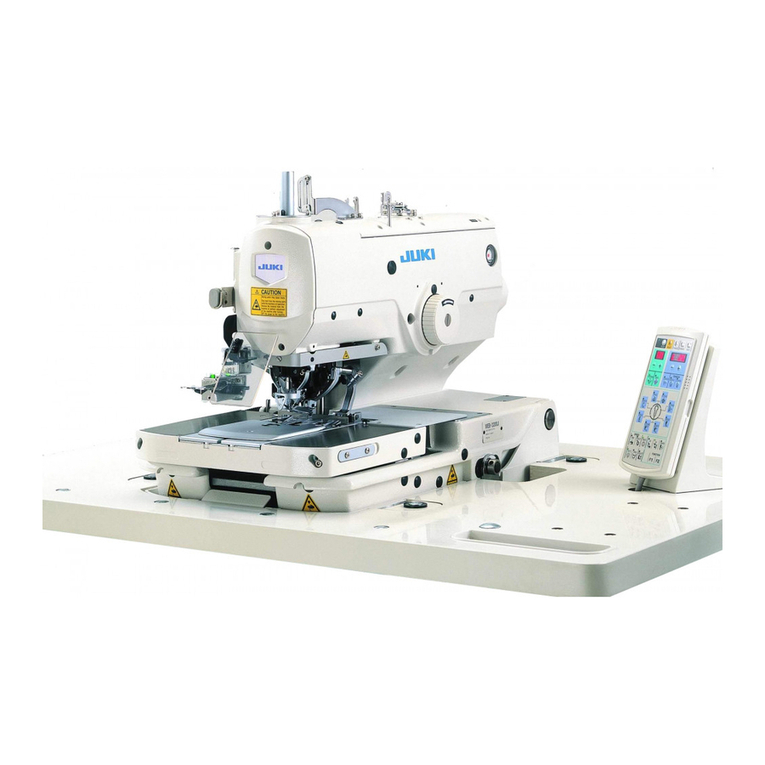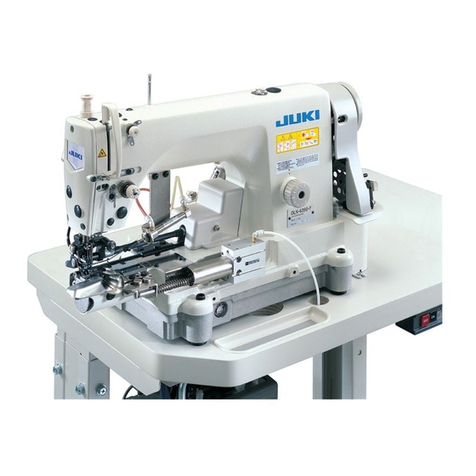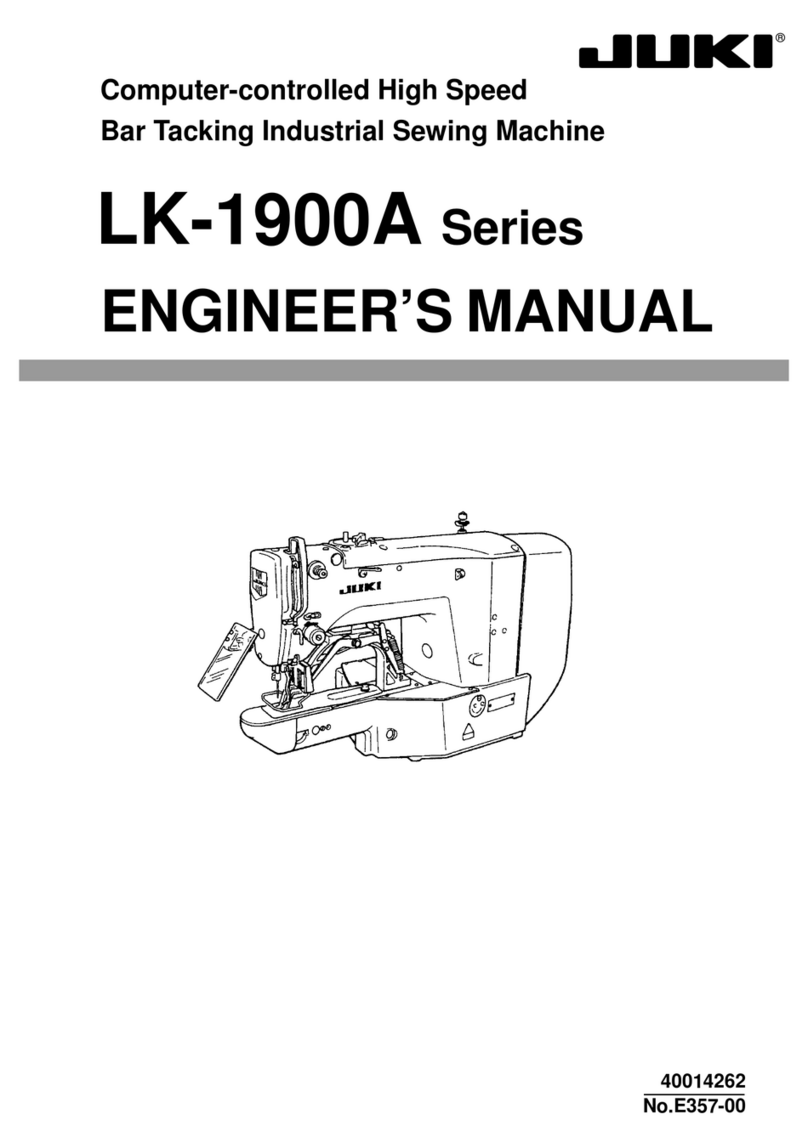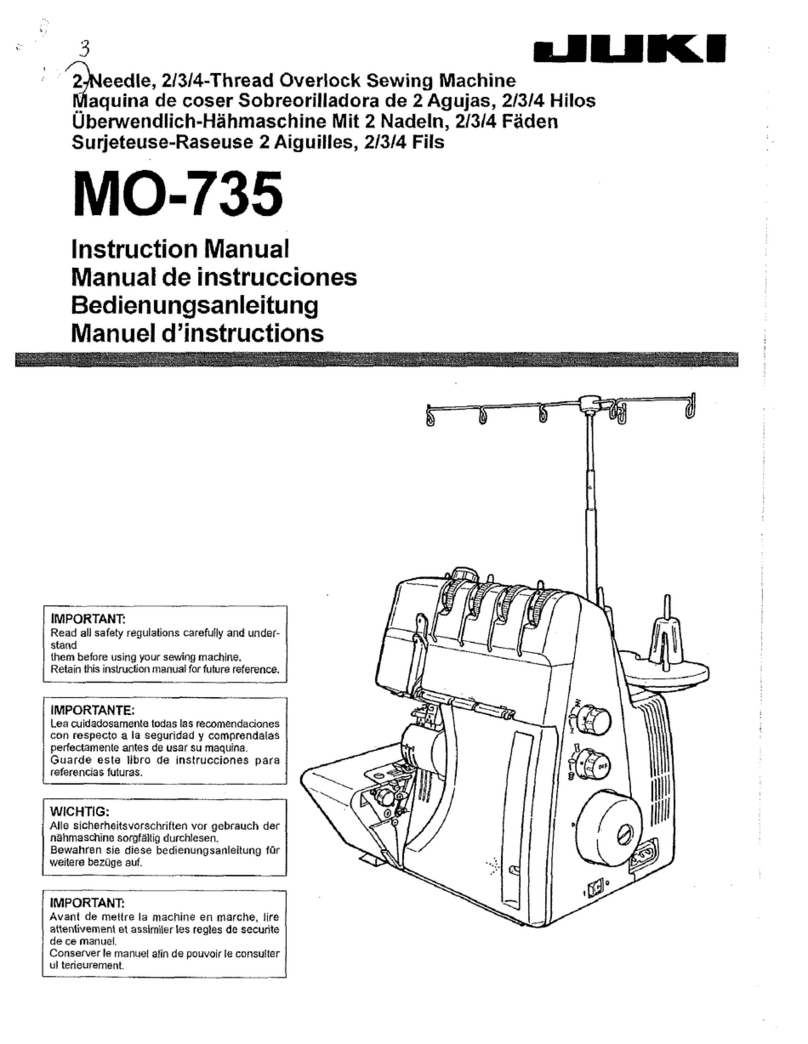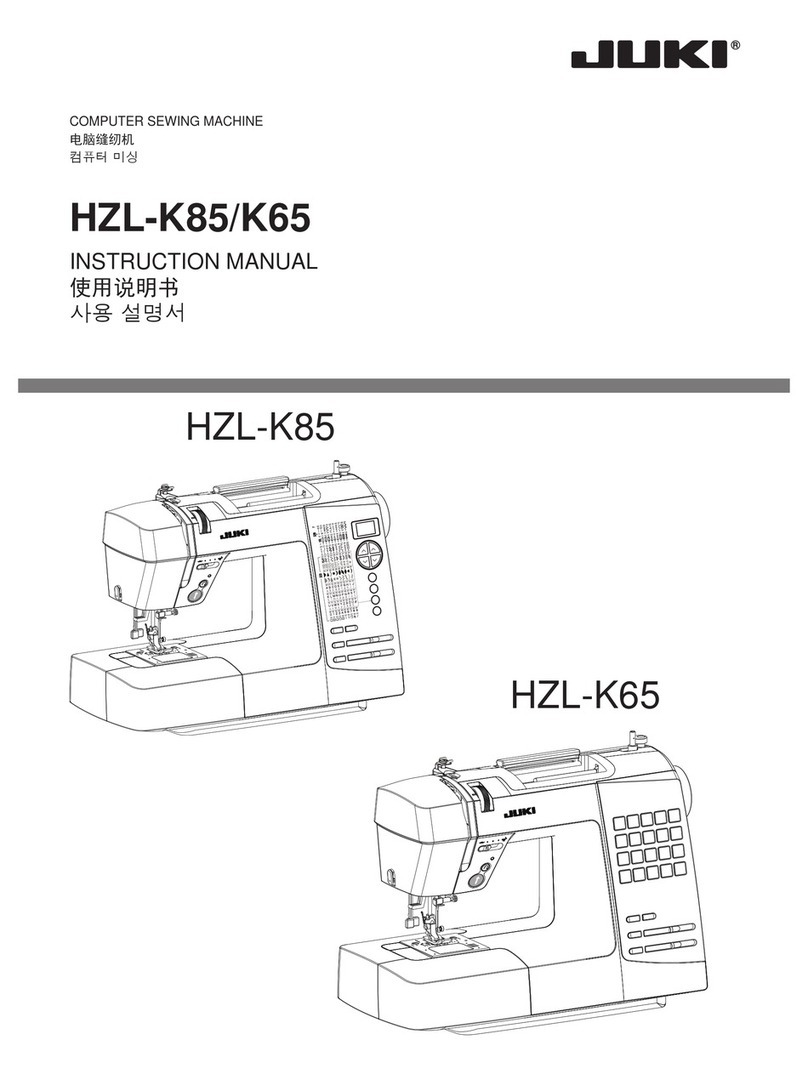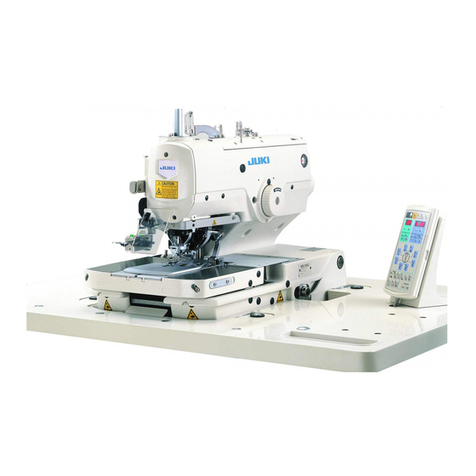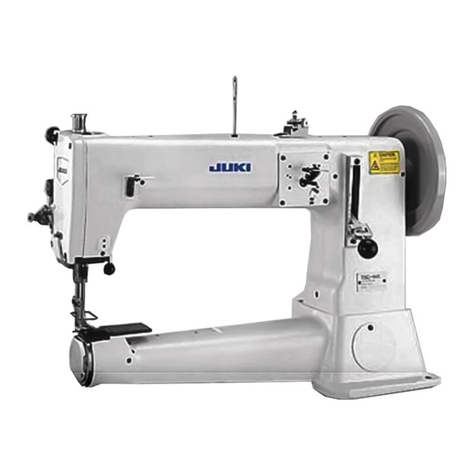COnTEnTS
[1]SpecicationsofHZL-GSeries............................................................1
[2]Searchbytrouble(relatedtomechanicalcomponents).....................3
[3]Principalparts........................................................................................4
[4]Disassemblingthemachinecovers.....................................................5
[5]PCBconnectiondiagram......................................................................9
[6]Adjustment...........................................................................................13
6-1 Adjustingtheneedlebarheight......................................................................13
6-2 Adjustingtheneedleentrypoint.....................................................................14
6-3Feeddogheight...............................................................................................14
6-4Timingbelt........................................................................................................15
6-5Feedtiming.......................................................................................................15
6-6 Timingbetweentheneedleandthehook.......................................................16
6-7 Clearancebetweentheneedleandthebladepointofhook.........................17
6-8 Positionofthehookrotationstopperplate....................................................18
6-9Adjustingthebobbinthreadtension..............................................................18
6-10 Adjustingthediskopeningamount..............................................................19
6-10-1Adjustingthetensionreleaseadjustingplate...................................19
6-10-2 Tensiondiskopeningamount............................................................19
6-10-3Basetensionopeningamount............................................................20
6-10-4Adjustingthediskopeningamountatthetimeofthreadtrimming
(HZL-G210)...............................................................................................21
6-11 Adjustingtheneedlethreadtension.............................................................21
6-12 Verticalpositionoftheneedlethreadinghook............................................22
6-13Adjustingthepresserfootliftingswitch......................................................23
6-14Adjustingthepresserbarheight..................................................................23
6-15Motorbelt........................................................................................................24
6-16 Automaticthreadtrimming(HZL-G210).......................................................25
6-16-1Lateralpositionofthethreadtrimmingmechanismbase..........................25
6-16-2Phaseofthecatchingunitdrivingcam.......................................................26
6-16-3Replacingthethreadtrimmingblade..........................................................27
6-17 Longitudinalfeed...........................................................................................28
6-18Buttonhole......................................................................................................29
6-19Servicemode.................................................................................................30
6-20-1 Servicemodescreen...................................................................................30
5-20-2Service-modeitemsanddescriptions.........................................................30
Be sure to observe the following to protect against a re, electrical shock, injury or damaged
components.
* Be sure to unplug the machine before disassembly, assembly or adjustment of the machine.
* Be sure to carefully prevent electric cords from being caught, coated surfaces from being
damaged as well as wrong wiring during assembly.
* Be sure to use the proper genuine parts when changing any of the machine parts.
CauTIOn:

